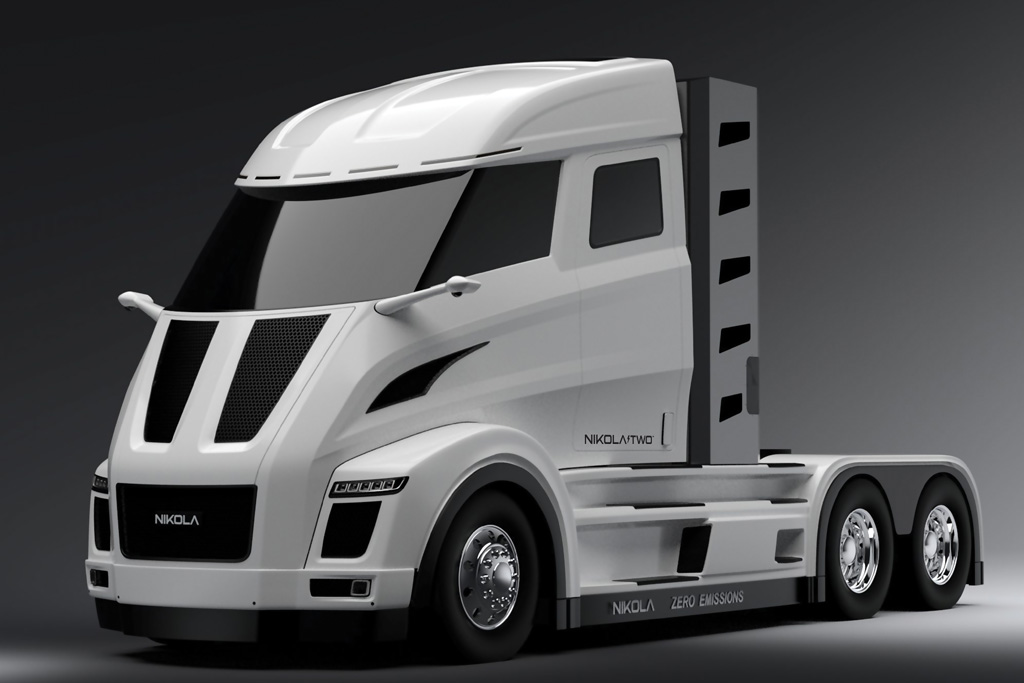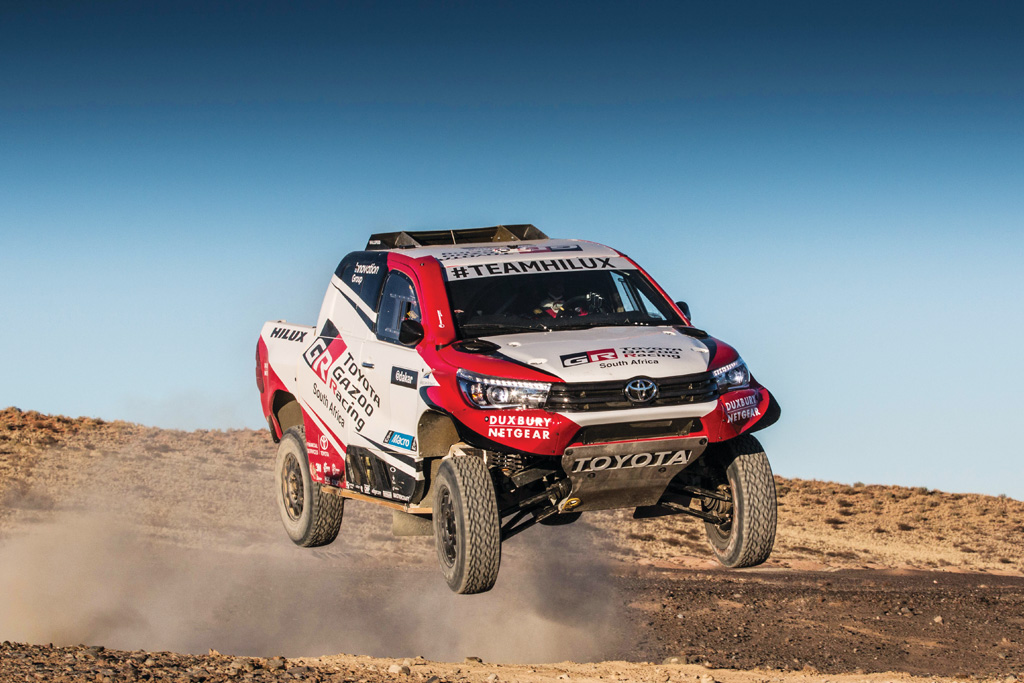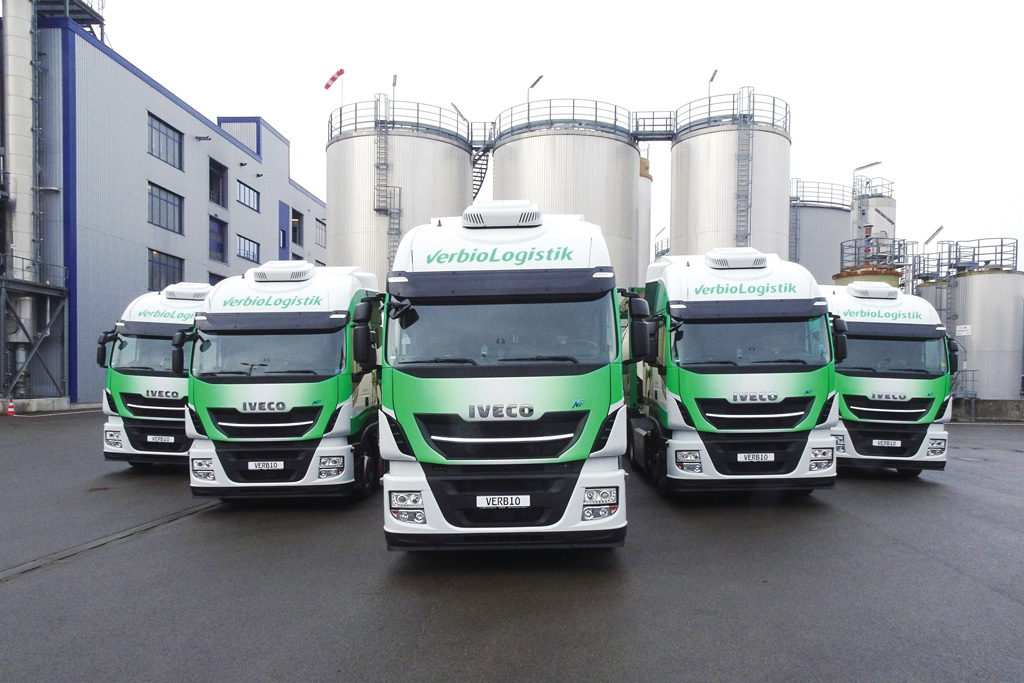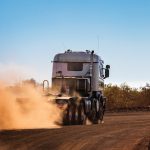Getting serious about the electric commitment, South Africans show their worth at Dakar 2018 and An eco-friendly fleet to envy

Getting serious about the electric commitment
Following the unveiling of its Nikola One hydrogen-electric truck in December 2016 and subsequent announcement of the Nikola Two, Nikola Motor Company’s plans for large-scale production have been set in motion.
Following 12 months of considering 30 site locations, Phoenix, Arizona, emerged as the ideal location for the planned 92 903 m2 facility set on 2,02 km2 of land.
The company is already beginning to transfer its headquarters and research and development facility to Arizona and hopes to have this transition completed by October. Eventually, the move will bring 2 000 jobs to the city.
Clearly, then, emerging heavy-vehicle technologies – such as those shown by Nikola and recently Tesla and Cummins – are not to be taken lightly. While the Tesla Semi and Cummins Aeos were the vehicles to capture the limelight last year (see FOCUS issues 10 and 12 of 2017), Nikola has been quiet on our radar.
Briefly, the Nikola One and Two utilise a zero-emission, fully electric drivetrain powered by high-density lithium batteries. The energy for the batteries is supplied on-the-go by a hydrogen fuel cell.
Nikola claims that both vehicles will offer over 745 kW (1 000 hp) and more than 2 700 Nm of torque, while the range will vary between 1 280 and 1 930 km.
For those worried about the need to fuel their vehicles with hydrogen, Nikola has partnered with Nel ASA to create “the largest hydrogen network in the world, which will cover over 3 200 km and include 16 stations”, while the Nikola One leasing programme will include unlimited hydrogen fuel, warranty and scheduled maintenance during a 72-month term.
Not that that would seem to worry buyers; at the time of launch Nikola claimed it had already received reservations totalling nearly $3 billion in future orders and has now announced that 8 000 trucks are on pre order… Therefore, commencement of operations at the new zero-emission manufacturing facility by the end of 2019 cannot come soon enough.
The trucks should be on the road by 2021.
South Africans show their worth at Dakar 2018
Dakar 2018 was the 40th edition of the gruelling annual event and – with 185 vehicles entering the race – provided all the thrills and spills for which it has become famous over the years.
Only 55 percent of the competitors, who set off from Lima, Peru, on January 6, made it to the finish line at Córdoba, Argentina, on January 20.
South African driver, Giniel de Villiers, won this final stage in his locally built Toyota Gazoo Racing SA Hilux, while, overall, he finished Dakar 2018 in third position. Second place went to Nasser Al-Attiyah in the sister Hilux, and the winner was Carlos Sainz in the Team Peugeot Total vehicle.

Of the 19 trucks that entered the race this year, it was Eduard Nikolaev of the Kamaz-master Team who claimed his third Dakar title. It was Nikolaev’s eighth Dakar entry.
“Many thanks go to the fans for the support that we felt from the very start of the race. It was not easy. At some dramatic moments we thought that it was all over for our crew, but, fortunately, the vehicle and the entire crew kept going.
“For me, personally, it is a great source of happiness to win on the 40th anniversary of the Dakar and on the 30th anniversary of Kamaz-master Team,” Nikolaev was quoted as saying.
Crossing the finish line were another six South African racers – three more each racing in cars and three on bikes.
An eco-friendly fleet to envy
As the growth of alternative-fuelled vehicles spreads, Iveco has celebrated the 1 000th Stralis NP to be delivered. The company supplied five units to Verbio Logistik GmbH which, with these vehicles, is launching Germany’s first CO2-neutral heavy-transport fleet.
The vehicles will run on biomethane generated from straw, taking a significant step towards CO2-neutral transport in heavy-goods vehicles. The biomethane will be produced in Verbio’s own industrial-scale plant in Schwedt, Germany, achieving a 90-percent reduction in CO2, as well as a significant decrease in particulate matter and nitrogen-oxide emissions compared to conventional diesel trucks.

“The Iveco Stralis CNG trucks are a logical and up-to-date expansion of our vehicle fleet. This fleet of around 80 trucks already includes 12 dual-fuel trucks, which are powered by diesel and CNG/biomethane,” explains Bernd Sauter, COO of procurement and logistics at Verbio.
The five Iveco Stralis NP’s feature the 298 kW (400 hp) mono-fuel CNG engine. With two fuel tanks containing 920-l of CNG or biomethane, this version has a range up to 570 km. Total cost of ownership is said to be on par with an equivalent diesel-powered truck.
“Verbio is a key customer for us in the area of alternative traction with natural gas, because its fuel comes from a renewable source. We strongly believe that biogas is the new hydrogen! Verbio’s choice of the Stralis NP for its fleet clearly shows that, with biogas, heavy transport can be carbon-neutral and profitable,” says Pierre Lahutte, Iveco brand president.
Pickup in a bubble
Would you pay $12 400 (that’s around R150 000 at the current exchange rate) for a 1957 BMW Isetta 600 bubble car that’s been converted to a pickup? Well, someone did just that on January 17 after the vehicle was put up for auction on the website bringatrailer.com.

While it would undoubtedly make a supercool toy, we’re not so sure about its capabilities in a practical delivery and collection type of role… At least the original 582 cc motorcycle engine was replaced with a 1,6-litre Volkswagen air-cooled flat four.
Published by
Focus on Transport
focusmagsa




